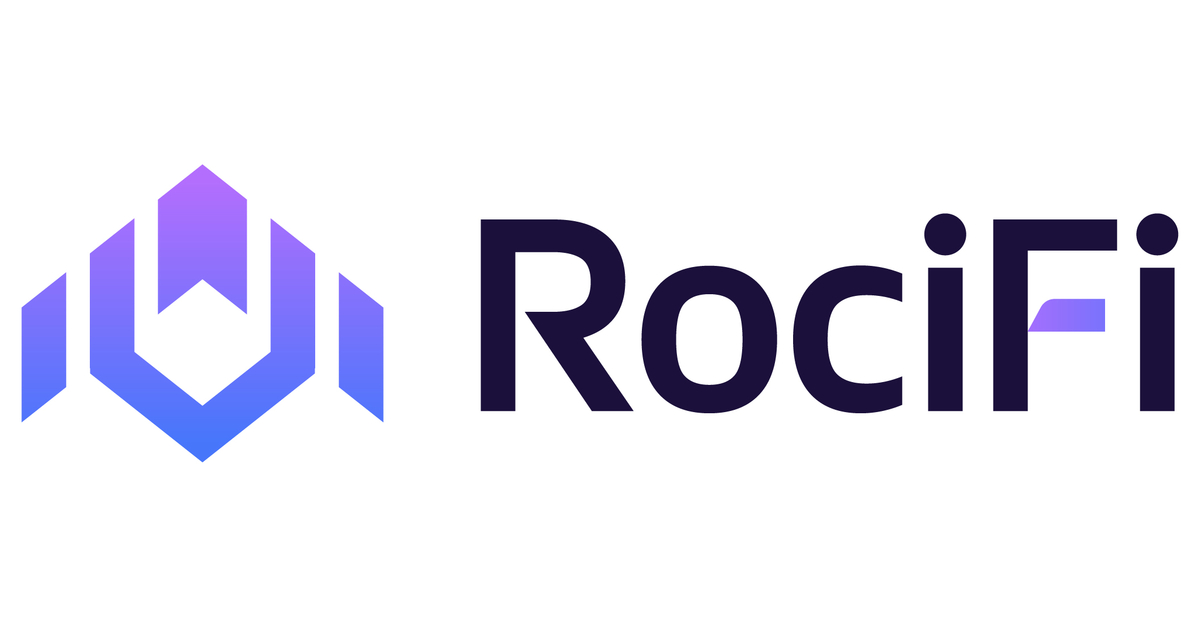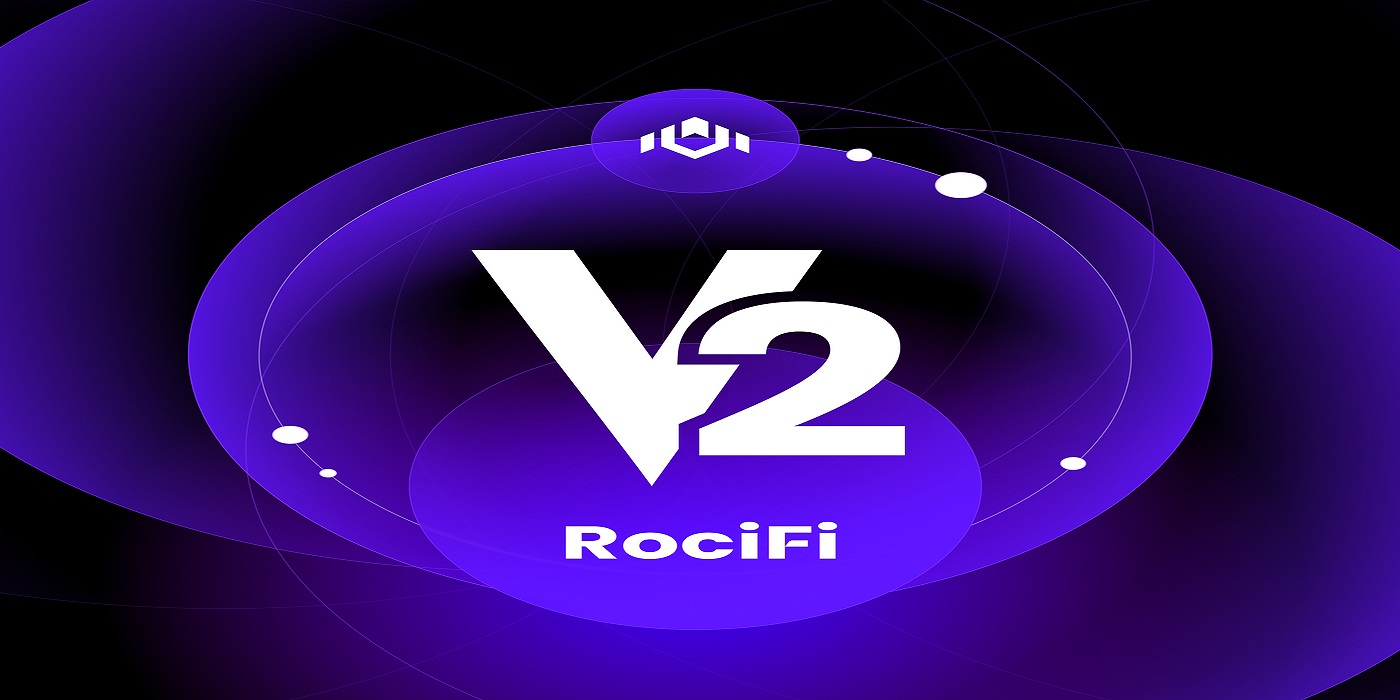Before DeFi, traditional finance (TradFi) institutions took deposits from ordinary individuals and lent them to those who could leverage them for economic initiatives that could unlock more profit-earning opportunities.
Part of the wealth generated from this process was distributed to depositors as ‘interest.’ This created a continuous and mutually beneficial flow of money from borrowers to lenders, but it had to pass through banks.
However, this system had inherent problems, such as limited access, costly transactions, and a lack of transparency. It also suffered from inefficiencies due to heavy reliance on central authorities and intermediaries, even though these inefficiencies were not immediately apparent.
DeFi brought a fresh approach to the sector by allowing users to access financial services in a decentralized economy powered by blockchain technology. In doing so, it addressed many of these issues to a large extent. However, because DeFi is still in its early stages, it has flaws.
For instance, many DeFi lending protocols allow borrowers to provide collateral that exceeds the loan’s value. While this approach enables borrowers to increase their positions while offering depositors a low-risk yield, demanding liquid collateral exceeding the loan’s value doesn’t truly constitute extending credit.
Another challenge is the high risk of liquidation. Users of DeFi wallets, exchanges, or dApps involved in DeFi lending often face an unnoticed liquidation risk. In November 2020, Nansen CEO Alex Svanevik claimed that approximately $46 million was liquidated from the Compound lending protocol.
The 3rd largest COMP farmer took a big hit with the liquidations. Around $46m.
Tx: https://t.co/waOEZlh3U1 pic.twitter.com/QrlkPjJHyc
— Alex Svanevik 🐧 (@ASvanevik) November 26, 2020
These issues arise because DeFi lending, though innovative, lacks the safety measures of traditional systems. DeFi is constantly evolving and now has an answer to these challenges in platforms like RociFi.
RociFi introduces blockchain-native, non-transferable credit scores to simplify DeFi lending and incorporate effective safety measures. This innovative approach allows RociFi to facilitate the issuance of under-collateralized loans, the trading of debt tokens in the secondary market, and the provision of available loanable funds to both individual and corporate lenders and borrowers alike. In short, it effectively bridges the gap between traditional finance and DeFi by providing “true credit.”
How Does RociFi Work?

RociFi is built on Ethereum and is accessible to users via the Polygon network. The multi-chain protocol supports Ethereum mainnet, Polygon, BSC, Avalanche, and Optimism. There are plans to extend coverage to support more EVM-compatible chains.
The protocol functions similarly to most DeFi lending platforms, featuring liquidity pools for lenders (liquidity providers/depositors) and borrowers to exchange liquidity. Just like the traditional system, these pools create a mutually beneficial arrangement for both participants. Lenders are guaranteed interest when they deposit their assets, and borrowers get access to these assets to fund their goals.
To borrow on RociFi, users must create a Non-Fungible Credit Score (NFCS) token, a unique identity token linked to a single wallet address (i.e., one seed phrase). This token serves as proof of ownership for the connected wallet address.
Each NFCS carries a single credit score determined by the transaction history of all linked addresses. The credit score scale ranges from 1 (best) to 10 (worst), with higher credit scores increasing the chances of accessing loans with lower collateral requirements. Borrowers with high scores can access loans with less collateral needed.
For under-collateralized loans, the maximum borrowing amount is 500 USDC, while for over-collateralized loans, it’s 10,000 USDC.
Depositors may face the risk of losing money if repayments are minimal. However, it’s crucial to note that the worst-case scenario for lenders is a maximum loss of -16% within a 30-day deposit period. This scenario assumes no borrowers repay (an exceedingly improbable event) and full 100% pool utilization (also very unlikely).
In the initial version of RociFi, users can only borrow USDC while using WETH as collateral. But with the launch of its second iteration (RociFi V2), there are now more options.
RociFi V2

RociFi launched its new version (V2) in March 2023, promising a more efficient and profitable DeFi lending process. This new version comes with improved credit scoring and lending capabilities, allowing users to borrow stablecoins, i.e., USDC and USDT, with collateral requirements as low as 75% in WETH, MATIC, or WBTC.
Key features of RociFi V2 include:
- Expanded Options: RociFi V2 offers users a wider range of deposit and loan options, including USDT and USDC.
- Diverse Collateral Options: This version accepts assets like WETH, WBTC, MATIC, USDC, USDT, and DAI as loan collateral.
- Varied Loan Durations: Loans are available for flexible durations, including 7, 14, 30, and 60 days.
- Payment Flexibility: In the event of a missed payment, V2 allows users to rectify the situation by paying off their debt and improving their credit score.
- Customizable Loans: V2 enables users to tailor their loans according to risk tolerance and credit score.
- Improved Software and Software: This version boasts improved security measures and code quality, enhancing overall safety.
- User-Friendly Dashboard: V2 sports a more user-friendly dashboard to make managing loans and deposits easier.
RociFi’s Contributions to DeFi
Essentially, the platform transforms how loans operate within Web3, reducing reliance on traditional financial systems. Like other DeFi protocols, RociFi empowers individuals to control access to their personal information while accessing financial services. But it goes further by adding extra efficiency and security, opening up new possibilities.
RociFi also addresses a major issue in DeFi: fraud. The absence of a reliable method to verify identities and establish borrowers’ reputations has led to widespread exploits and hacks. RociFi’s system offers an effective solution to this problem.
Additionally, RociFi pioneers an innovative feature in DeFi. It allows the trading of debt tokens, creating a market similar to a Web3 bond market. This approach not only provides liquidity to lenders but also offers new investment opportunities for individuals looking to diversify their portfolios.
Another groundbreaking concept from RociFi is its zero-collateral lending. The protocol offers users fixed-term, fixed-rate loans and loan-to-value ratios based on individual credit scores, with reduced or no collateral requirements. This means that even borrowers without traditional assets to secure a loan can still access financing if they have an excellent reputation on the blockchain.
Limitations of RociFi
RociFi is not without flaws. Currently, each user is limited to owning a single NFCS, regardless of their number of wallets. While this may serve as a safeguard against suspicious activities, it effectively restricts users’ access to liquidity. Users with multiple wallets would likely desire to have multiple NFCS to access a broader range of loans.
The good news is that, according to the developers, the RociFi DAO (Decentralized Autonomous Organization) may review and vote to amend or abolish this constraint in the future.
In Conclusion
- RociFi represents a significant step towards bridging the gap between blockchain and traditional finance, particularly in lending.
- It addresses the shortcomings of both systems, offering a blockchain-native, non-transferable credit score system that facilitates under-collateralized lending and opens up new opportunities for borrowers and lenders.
- The protocol also brings innovation to DeFi and creates a more dynamic and accessible lending environment with unique features like the ability to trade debt tokens and zero-collateral lending.
- RociFi is a big step forward as DeFi ushers a financial system that guarantees a safer, more efficient, and more inclusive experience.
Disclaimer: This article is intended solely for informational purposes and should not be considered trading or investment advice. Nothing herein should be construed as financial, legal, or tax advice. Trading or investing in cryptocurrencies carries a considerable risk of financial loss. Always conduct due diligence.
If you would like to read more articles (news reports, market analyses) like this, visit DeFi Planet and follow us on Twitter, LinkedIn, Facebook, Instagram, and CoinMarketCap Community.
“Take control of your crypto portfolio with MARKETS PRO, DeFi Planet’s suite of analytics tools.”





















